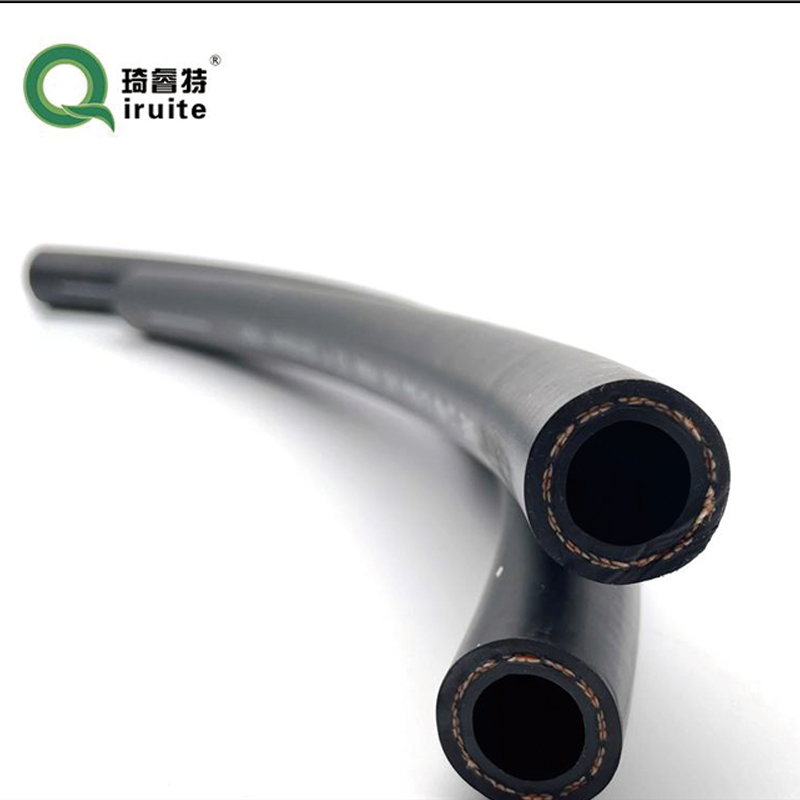nissan maxima power steering hose replacement
Nissan Maxima Power Steering Hose Replacement A Comprehensive Guide
Maintaining your vehicle’s power steering system is crucial for ensuring smooth, responsive driving. One essential component of this system is the power steering hose, which is responsible for transporting hydraulic fluid between the power steering pump and the steering gear. Over time, these hoses can wear out, crack, or become damaged, leading to leaks and compromised steering performance. If you own a Nissan Maxima and are facing power steering issues, replacing the power steering hose might be necessary. Here’s a comprehensive guide on how to carry out this replacement effectively.
Understanding the Power Steering System
The power steering system in your Nissan Maxima works by using hydraulic pressure to assist in turning the steering wheel. The power steering pump sends fluid through the hoses to the steering rack, enabling easier maneuvering of the vehicle. If you notice a steering wheel that feels stiff or unresponsive, or you see fluid leaking under the car, your power steering hose could be the culprit.
Signs You Need to Replace the Power Steering Hose
Before you dive into the replacement process, it’s essential to recognize the signs of a failing power steering hose
1. Fluid Leaks This is the most obvious sign. Look for puddles of reddish or clear fluid beneath your vehicle. 2. Whining Noise A high-pitched whining sound while turning the steering wheel indicates low fluid levels, potentially caused by a leak.
3. Stiff Steering Difficulty in turning the steering wheel can signal that your power steering system isn’t functioning efficiently.
4. Visual Inspection If the hose appears cracked, frayed, or bulging, it's time for a replacement.
Tools and Materials Needed
Before beginning the replacement, gather the necessary tools and materials
- New power steering hose (specific to the Nissan Maxima model) - Socket wrench set - Pliers - Fluid catch pan - Funnel - Power steering fluid - Safety glasses and gloves
nissan maxima power steering hose replacement

Step-by-Step Replacement Procedure
1. Prepare the Vehicle Park the Maxima on a level surface, turn off the engine, and allow it to cool. Make sure the parking brake is engaged.
2. Locate the Power Steering Hose Open the hood and find the power steering reservoir. Trace the hoses leading from the reservoir to the steering gear.
3. Drain Power Steering Fluid Place a fluid catch pan beneath the power steering pump. Use pliers to pinch the hose clamps and loosen them to detach the old power steering hose. Allow any remaining fluid to drain completely.
4. Remove the Old Hose Once drained, carefully remove the old hose from both ends, taking note of how it’s routed. This will help you install the new hose correctly.
5. Install the New Hose Take the new power steering hose and route it in the same way as the old one. Attach both ends securely, ensuring the hose clamps are tightly fastened.
6. Refill Power Steering Fluid Using a funnel, refill the power steering reservoir with new fluid. Check your owner’s manual for the correct fluid type.
7. Check for Leaks Start the engine and let it run for a few minutes while you turn the steering wheel from lock to lock. This will help circulate the new fluid and remove any air bubbles. Inspect the hose connections for any leaks.
8. Test Drive After ensuring there are no leaks, take your Maxima for a short test drive. Pay attention to the steering response and check for any unusual noises.
Conclusion
Replacing the power steering hose in your Nissan Maxima may seem daunting, but with the right tools and knowledge, it can be accomplished as a DIY project. Regular maintenance of the power steering system is key to ensuring a smooth driving experience. If you’re not comfortable performing this task yourself or if you encounter any issues during the process, it’s advisable to consult a professional mechanic. By keeping your power steering in top condition, you’ll enhance not only the performance of your vehicle but also your safety on the road.
-
Ultimate Spiral Protection for Hoses & CablesNewsJun.26,2025
-
The Ultimate Quick-Connect Solutions for Every NeedNewsJun.26,2025
-
SAE J1401 Brake Hose: Reliable Choice for Safe BrakingNewsJun.26,2025
-
Reliable J2064 A/C Hoses for Real-World Cooling NeedsNewsJun.26,2025
-
Heavy-Duty Sewer Jetting Hoses Built to LastNewsJun.26,2025
-
Fix Power Steering Tube Leaks Fast – Durable & Affordable SolutionNewsJun.26,2025

